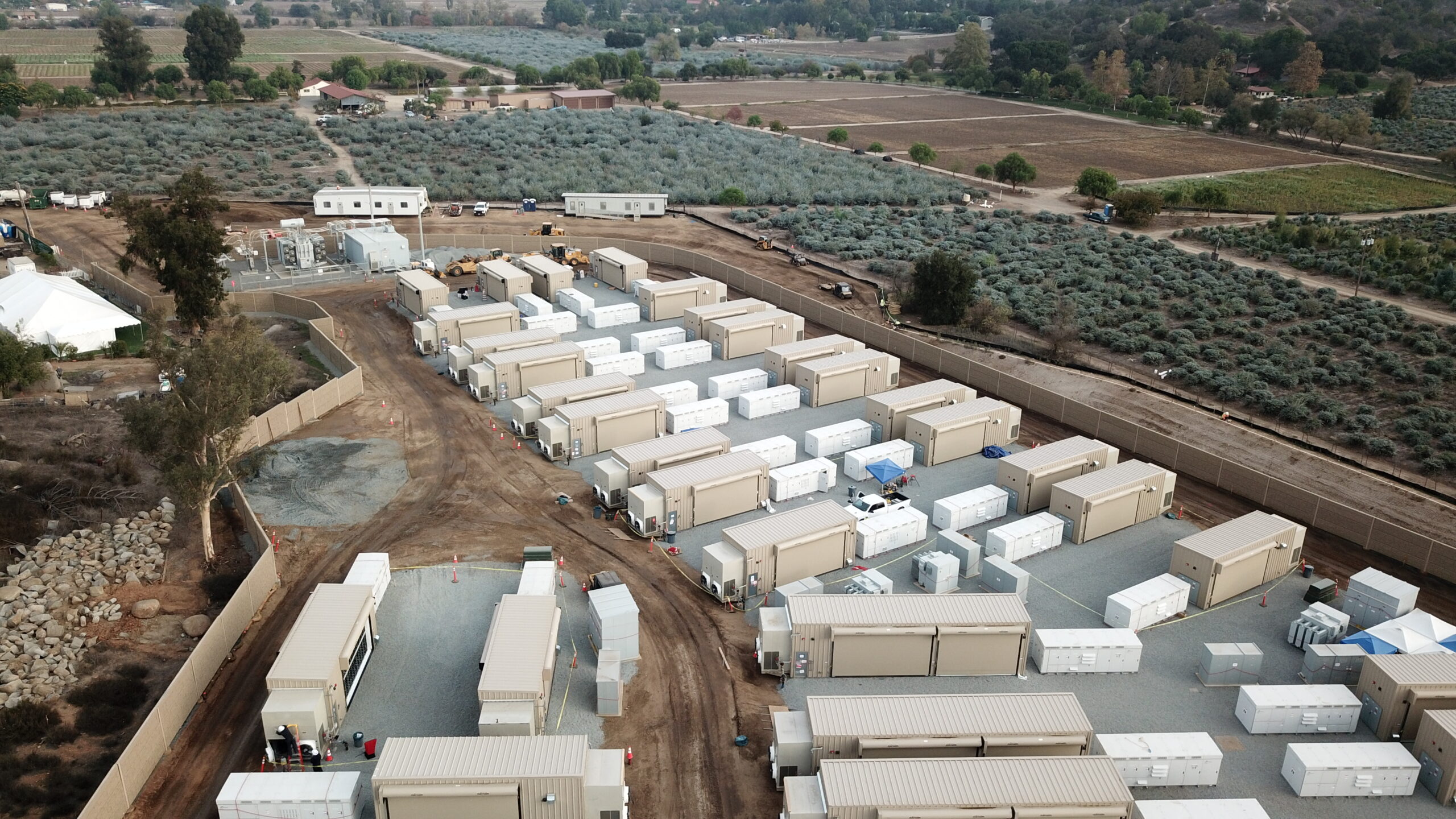A 10 minute read
By Phillip Blackburn CEO, IE
2022 was an eventful year in the world of energy. Russia invaded Ukraine, upending energy markets and redirecting flows of Russia’s oil and gas from Europe to China, India, and Africa. Resulting price spikes triggered global inflation and gasoline costs in the US. Massive droughts in Europe and the western US drove down hydroelectric generation to its lowest in decades. And a bitterly divided Congress passed the Inflation Reduction Act (IRA), which is set to supercharge investments in renewables that have already been bolstered by the West’s emphasis on weaning itself off Russia and other petrostates.
If that wasn’t enough excitement, on December 12th the US Department of Energy (DOE) announced achieving a “net energy gain” for the first time from a controlled nuclear fusion reaction at the Lawrence Livermore National Laboratory (LLNL) in California. “Net energy gain” means that more energy was released (3.15 megajoules) when 192 high powered lasers focused on a pea sized pellet of hydrogen isotopes, triggering a fusion chain reaction, than the energy required to power the lasers (2.05 megajoules). While nuclear fission reactors have been a bulwark of US electricity generation since the early 1970’s, fission’s depleted uranium waste, radioactive byproducts, and risk of catastrophic melt down make it unpopular for future investment. Meanwhile fusion, fission’s less radioactive but more technologically complicated cousin, has endured 50 years of false starts. Thus the December fusion announcement was understandably heralded as a giant step forward.
But thirty years from now, which is more likely to be the top energy story from 2022? Will it be the dawn of fusion? Or will 2022 be seen as the “crossing the rubicon” year for renewables?
The latter. And it isn’t even close.
According to IRENA’s landmark 2021 study titled “Renewable Power Generation Costs in 2020”, the Levelized Cost of Electricity (LCOE) for photovoltaic solar (“solar PV”) dropped to 5.7 cents per kilowatt-hour (kWh) in 2020, down 85% from 38 cents/kWh in 2010! Figure 1.9 below from the IRENA report shows PV solar (yellow line) rapidly overtaking wind both in terms of cumulative deployment as well as in cost structure. It dropped another 13% in 2021, to 4.8 cents/kWh, below the commonly used benchmark 5.5 cents/kWh LCOE for coal in the US, which is represented by the horizontal gray band. Further, developers for both wind and solar are now bidding future projects at 3-4 cents/kWh, cheaper than 80% of existing fossil fuel generation plants. IRENA estimates that 188 Gigawatts (GW) of coal fired plants (15% of the entire US electrical grid capacity) and virtually all natural gas plants are more expensive to operate than new PV solar and wind.

Is this real, or is it just marketing spin from the renewables lobby? Some of both. It is true that the LCOE per kWh of energy is now cheaper from solar PV or wind energy than from new coal. So why aren’t we seeing universal embrace of solar PV? Because we are only comparing AVERAGE costs per kWh. Solar powered electricity may be cheaper on average, but it doesn’t provide energy whenever you need it. Solar production obviously doesn’t happen at night, and falls considerably in winter or on cloudy days. So we get very cheap electricity – but only “when the sun shines”. And that is why coal, natural gas, and nuclear continue to be critical parts of our grid.
To be truly effective as an electricity source that powers more than a small portion of our grid, we need low cost solar production AND low cost energy storage. Importantly, 2022 is likely to be monumental here in two ways. First, as already mentioned – 2022 is the first full year that solar LCOE dropped below those of fossil fuel generated electricity. Give it a few more years following the same curve, and solar PV LCOE will be half of the cost of coal or natural gas – less than 2 cents per kWh.
The second area of monumental development in 2022 is tied to energy storage. Here some context is required. Battery Energy Storage Systems, or “BESS” for short, have seen rapid adoption over the past six years as renewables integration has required storage to ensure grid resiliency. IE has not once but twice provided the battery packages for the largest BESS power plants in the world – a 37.5MW/150MHh project for SDG&E in San Diego in 2017, and four years later a 400MW+/1500 MWh install (10x larger!) in the Mojave Desert for Terra-Gen in 2021.

But BESS systems are costly and still limited in scale. As I noted in a previous blog post, Tesla’s new megafactory will barely scratch the market, and lithium-ion battery technology still has cost structure and safety (fire) issues too. It especially struggles with long duration storage. For example, the Mojave Desert project we undertook is only capable of storing 400 MW for up to three hours before saturation. That may be enough to help “peak shift” electrical loads from sunny afternoon periods to peak demand at dusk a few hours later, but it doesn’t cover overnight demand let alone multiple days (or weeks) of cloudy skies or the low solar season during winter.
And herein lies the second monumental but unheralded power news of 2022. 2022 will be the year that hydrogen storage technology went mainstream, when Advanced Clean Energy Storage (“ACES”) broke ground on its “ACES Hub” energy storage project in Delta Utah. Supported by a $504 million loan guarantee by the DOE, the hub will use a 220 MW alkaline electrolyzer bank to convert excess solar energy during the middle of the day into “green hydrogen” through electrolysis. The company will then store up to 100 metric tons per day of this hydrogen in a 1000-foot high underground salt cavern. The stored hydrogen will be burned in a specially engineered Mitsubishi turbine, either in elemental form or mixed with natural gas, to ramp power on demand. When run through as 100% hydrogen, the only byproduct will be 100% water! Zero carbon emissions, period. [Full disclosure: IE has provided key electrical equipment for four different parties on four distinct aspects of this project –1) the underground storage cavern development, 2) the combined cycle gas plant, 3) the electrolyzers, and 4) the utility substation]. See the image from ACES’ website below.

Amazingly – ACES website states the caverns will be able to store 300 Gigawatt hours (GWh) of energy. This is the equivalent of the associated 840 MW plant running autonomously with on green hydrogen (generated from solar) for 15 consecutive days, 24 hours a day. This scale of storage capacity will be a game changer when trying to increase our nationwide renewables penetration from less than 10% to the 50% or more range that many states have targeted by 2050.
To be clear, the hydrogen technology at the core of the ACES Hub is still in early stages. Round trip energy efficiencies for green hydrogen burned in a gas turbine will be constrained to around 50%. However, as solar and hydrogen costs come down, these technologies can become perfect compliments and a key piece in facilitating the integration of renewables to provide more than half our electricity.
Does any of this mean the investment in nuclear fusion and the excitement over the DOE’s nuclear fusion announcement is misguided?
[Another disclosure: IE provided new 15KV switchgear packages in 2019 to the LLNL facility that conducted the fusion experiment. While the 2.05 megajoules of energy delivered to the pellet sounds like a lot, it is equivalent to less than a tenth of a second worth of energy at the full 1200 Amp rating on the switchgear we provided. Which is pretty pedestrian. Fusion has a long way to go!].
No. But if help from fusion is on the way, there is universal agreement that it is still decades away – if ever. Regardless, IE continues to invest in technology and products for diversified energy economy, recognizing mankind continues to need contributions from coal, natural gas, and nuclear fission while we build the renewables (and fusion?) bridge to the future.
Returning to the initial question: is it fusion or renewables as 2022 story of the year? I’ll respond by quoting famed investor Chamath Palihapitiya, who on a recent episode of the “All In” podcast (episode 108) said:
“The thing is, fusion energy exists today. It’s called ‘the sun’. We actually know how to capture solar energy at virtually no cost right now. According to the IEA you can capture grid level solar energy for about three cents a kilowatt hour. That’s as close to zero as we’ve ever been. And over the next 10 years, their forecast is it’s going to get to 1.5 cents… and you layer in storage costs it will be at a whopping three cents a kilowatt hour. And so I think that fusion does exist today.”
So maybe it is the year of fusion after all.


